Blog
8 Training Tips from our Long Distance Cyclists
HOW TO PREPARE: An 8 part series to get you ready for your first TDA tour. Click here to read more.
How do you train for a long distance cycling tour? Can you actually train for a tour that spans a continent and lasts several months? Can you ride yourself into shape during the first week of an expedition?
These are some of the questions that might come to mind for someone considering signing up for one of our tours. We always tell our participants to train for their tour, but we sometimes struggle to suggest just how to train, and for how long. So we reached out to some of our seasoned veterans – cyclists who have participated in all different levels of our tours – from Touring to Adventure, and Expedition level tours. Some have done multiple tours and are registered for tours coming up later this year.
Covering everything from core workouts, to base training, to loading your bike with heavy phone books (I’m not kidding!), these cyclists might just have the right training strategy that will work for you.
This is a rather long and detailed post, so use the links here to skip to the tips you are most interested in.
- Keep Fit Year-Round
- Got an Old Phone Book? Adding Weight to Your Bike
- 20 Minutes, 4 Days a Week
- Yoga as Part of Any Training Plan
- Start with a Base and Ride Yourself into Shape
- Start with a Base and Build Towards Specificity
- It’s Never too Soon to Start, but Don’t Overtrain
- Core Strength, Mental Strength
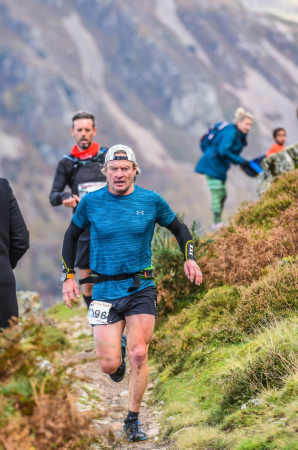
1. Keep Fit Year-round
2016 Tour d’Afrique participant Paul says “I have raced in different sports all my life. From alpine skiing to long distance triathlon and cycling. I just love racing over training. So I keep fit all year round.”
By making fitness a lifestyle, he was able to transition quite comfortably to the daily distances and demands of our flagship tour. When fitness is not such a major hurdle, it allows participants to focus on the other, equally important factors – eating properly and adjusting to a new diet, living the camping life, and adapting to the temperatures, the cultures, and the lifestyle of cycle touring.
Similarly Geoff who recently completed The Odyssey from Athens to Amsterdam (one of our Touring level rides) says “My ultimate training tip is to make training a regular occurrence; a habit.”
As the tour approaches, however, he does increase the training. “I like to be well conditioned and fit before I start a major event or race. This means a 3 to 4-month prep. Over that period I’ll increase volume and intensity. Cycling volume would peak at around 300 km a week. I know this doesn’t suit everyone. My training (my life) always includes riding, running and swimming.”
One final tip from Paul “I would most definitely use the same bike seat / saddle and riding position for all my bike’s, off road or on road or on your turbo trainer.”
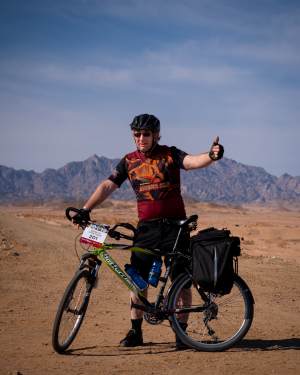
2. Got An Old Phone Book? Add Some Weight When Training
“Find a long hill, load [your] bike with lots of phone books, cycle in 25-40 degree weather. Do at least three hours every week!”
Leonard’s more unorthodox approach to training helped him successfully complete the first section of the Tour d’Afrique in 2019. He’s gearing up for West Africa en Vélo later this year so no doubt his phone books are proving useful once again.
Leonard goes on to say “I usually start about three months before I go on a trip as I usually do a 30 km ride at least once a week with said phone books on front and rear panniers.” This mimics the weight when he is solo touring, and gives him an advantage for tours like ours, where what you carry on your bike is minimal.
“Just to add I have three different rides of approximately 35 km each one [one hilly, one flat, and one mixed]. I do rides every week of the year no matter the weather.”
Matt Caretti (who was the race winner of the Tour d’Afrique in 2006 when it was a timed event) also enjoys the less expected training method. “My philosophy has always been to make training harder than the tour.”
He goes on to say “In preparing for the 2006 Tour d’Afrique, I cycled across the US (California to North Carolina) with about 30 pounds of gear in my panniers and dry bag. I was not shy about what I carried, actually wanting more weight as part of the training. So in addition to building lots of base miles (endurance), the extra weight helped to build strength. As well, I mimicked the length of each stage, varying my daily miles between 80 and 100, and taking a rest day once every 7-10 days… I wanted the Tour d’Afrique to be a pleasurable experience rather than a sufferfest. Yet no matter how hard we train, we will suffer at times. We get sick, dehydrated, fatigued, bored, stressed and on and on. BUT having already exposed our bodies and minds to such hardships prepares us for the challenges ahead. ”
3. 20 Minutes, 4 Days A Week

Mary, who has done the Pub Ride and who is soon to join the Journey to the East, also happens to be a fitness instructor. “I focus more on the cross training four months before a trip, starting out slow and working up.” She says stretching, balance and weight training are essential.
“Stretches can be simple as long as you push yourself to your edge. Balancing can be done with yoga or on your bike. Try riding with one or no hands and pedalling single legged. Weight training – remember you don’t need to lift heavy weights. Do push-ups several times a day. It’s not so much the number of reps as much as the frequency.”
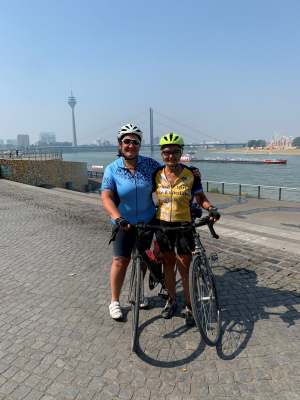
4. Yoga As Part Of Any Training Plan
Lisa did the Orient Express and, like Mary, thinks yoga is great.
“I would add yoga to any training routine – it helps with strength and flexibility and can go a long way to reducing muscle aches – especially in the lower back. I have been using the Sufferfest yoga videos every day for several months now – they are specifically targeted at cyclists and quite short (15 minutes). I definitely notice the difference when I am on the bike!”
“You should notice a difference after a month or so if you are doing regular yoga 3 days a week or more. I have been doing 15 minutes a day 5-6 days a week and it definitely helps a lot.”
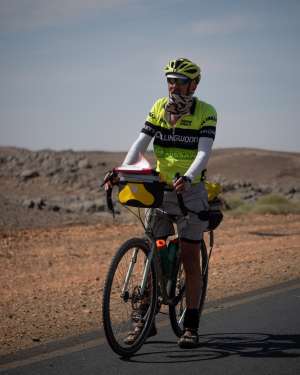
5. Start With A Base And Ride Yourself Into Shape
“Begin the tour in decent physical condition and you’ll ride yourself into tour shape”
Tom should know. He has crossed South America and Africa with us and will tackle the Silk Route in 2021. These are some of our most challenging tours and so we would reiterate the importance of building up that base fitness. The more you prepare your body physically the more you will enjoy the tour.
I asked Tom what his base training entails. “Since, being retired, I have the time to recreate, ski, golf, hockey and the YMCA where I hang out doing yoga, spinning and light weights I’m in reasonably good shape. Maybe 3 months before the tour I’ll step it up and then shut it down a week before the start.”
So once you have the base training done and the tour starts… “Consider the riding as aerobic exercise, day after day, legs and lungs and mental strength. You are capable of much more than you thought possible. Make sure you’re comfortable with your saddle, you’ll be spending 6 plus hours on it every day.”
Tom’s last tip? “I highly recommend butt cream, and a good granny gear.” Spoken like a veteran TDAer indeed.
6. Start With A Base And Build Towards Specificity
 “Start training your ‘base fitness’ when you are several months out and then gradually shift to workouts focused on ‘specificity’ the closer and closer you get to your tour”
“Start training your ‘base fitness’ when you are several months out and then gradually shift to workouts focused on ‘specificity’ the closer and closer you get to your tour”
Loraine completed the 2019 Tour d’Afrique and had some great details to share on her strategy. “Base fitness training is essentially performing a variety of cardio-based exercises (could be biking, swimming, trail running, rowing, cross-country skiing, etc.) at least 3 times a week consistently…They could be as short as 30 minutes sessions. But I’ve found that consistently doing the workouts over time (I use 3 times a week as the minimum) is the biggest factor in building base fitness. If you are a bike commuter, you’ve already nailed base fitness training.”
“As you get closer and closer to your event, your workouts need to become more specific. That is, you are training the muscles and movements you are going to use on the tour. This means you are riding your bike more and more, and for longer and longer distances instead of doing the other workouts. Try to get on the bike consistently for even short 30 minute sessions at least 3 times per week. The most important workout in this period is doing a long ride once a week. You should set your goal to ride the bike for a set number of hours rather than worrying about the distance or speed you actually went during the ride. Spin classes are a great way to get in more consistent riding time, as is getting a bike trainer so you can use your own bike indoors.”
And for those who wait too long and don’t have months and months to train… “If you…are only a couple weeks out, then you have to skip the base and do only specific workouts. Essentially, ride your bike a lot – as often as possible, as hard as possible, and in as many conditions as possible.”
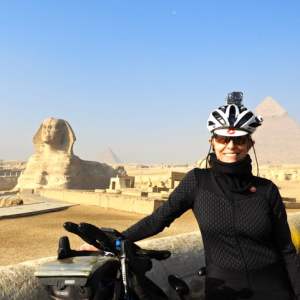
7. It’s Never Too Soon To Start, But Don’t Overtrain
Karen has done both Expedition and Adventure level tours and has this to say “it’s never too soon to begin. It’s possible to train while on tour, but I don’t recommend it. I would say you need a good few months, 3-6 to see results. It depends how often and how hard you’re training, what condition you were in to start with [and] how old you are.”
BUT, don’t overtrain. “Overtraining is a real issue. I’ve learned to vary my training efforts – mix up climbing days with intervals, active recovery with max efforts. I like Zwift for that reason – it has training plans that keep me honest.” And don’t forget recovery “If you don’t eat and drink the right things at the right times, stretch or [use a] foam roller, and get enough sleep, you’ll find progress frustratingly slow.” Check out her blog here.
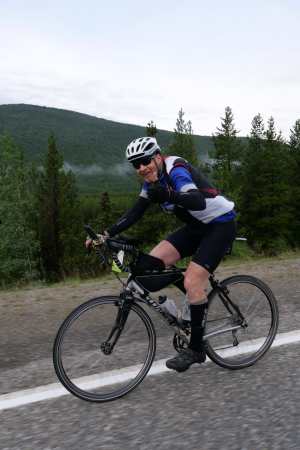
8. Core Strength, Mental Strength
Chris has done over 10 TDA tours and is the first to complete the 7 Epics. His philosophy? “Tour cycling is much less challenging and more fun with a strong core, so join a health club, gym, or simply begin to perform core strengthening exercises. Things like sit-ups, push-ups, and planks are great core workouts.”
Chris goes on to say “eat a well balanced nutrient rich diet, cut out the bad stuff. Better going into a tour a little on the lean side as opposed to overweight.”
Lastly, remember that even if you took everyone’s advice and start the tour in really great physical shape, it doesn’t necessarily mean you are prepared mentally.
“Just as important to train your mind as your body. The mind must be trained and the body will follow. Make a plan as to how to deal with things when they go wrong, such as injuries, bike mechanical malfunction.”
I hope you found this helpful. Please add your own training tips for long distance cycling below in the comments. I certainly learned a few things.
Can you ride yourself into shape on one of our tours? Yes. Is it better to get serious about training 3-6 months before the tour begins? Absolutely. Make it a part of your routine and see what progress you can make. Grab your yoga mat, or your phone books and put in the time to make your TDA tour experience all the more pleasurable.
A special thanks to Paul, Geoff, Leonard, Matt, Mary, Lisa, Tom, Loraine, Karen and Chris for contributing these great tips.
How to Prepare
An 8 part series to get you ready for your first TDA tour. Click here to read more.
 REGISTER NOW
REGISTER NOW
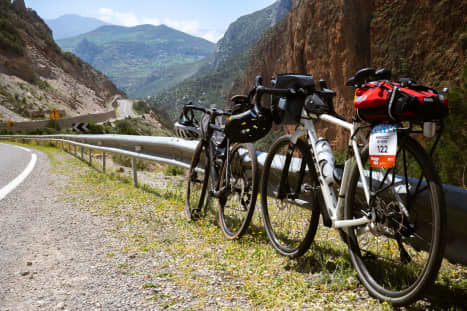
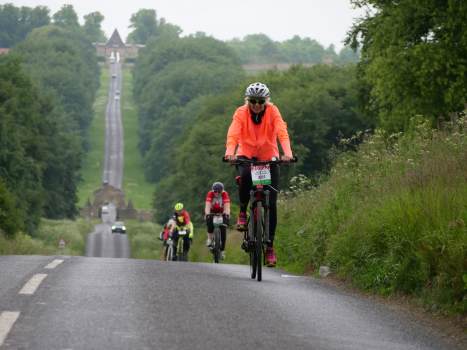

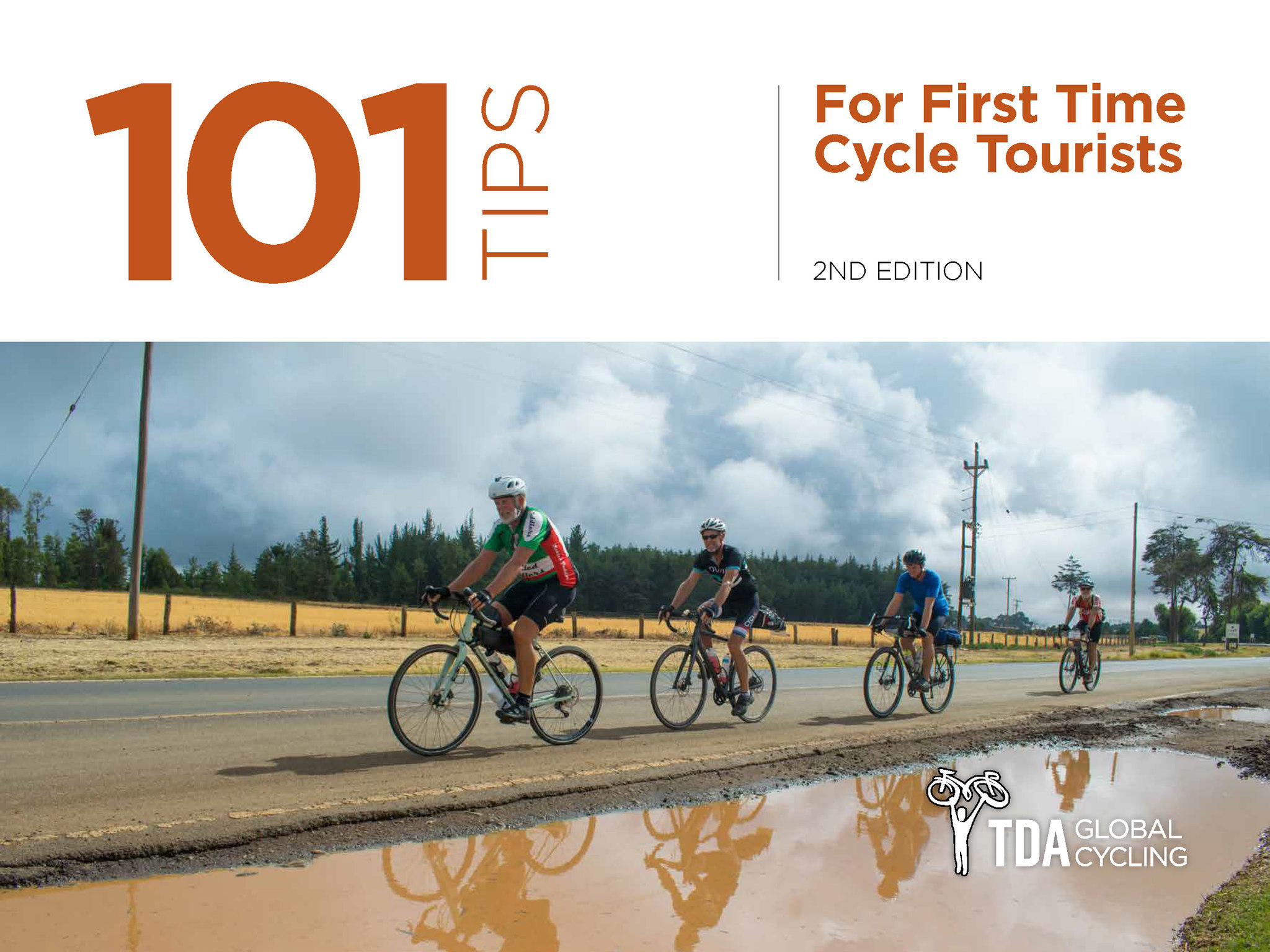
2 Comments for "8 Training Tips from our Long Distance Cyclists"
Good tips for starting a long-distance riding!
They still make phone books??